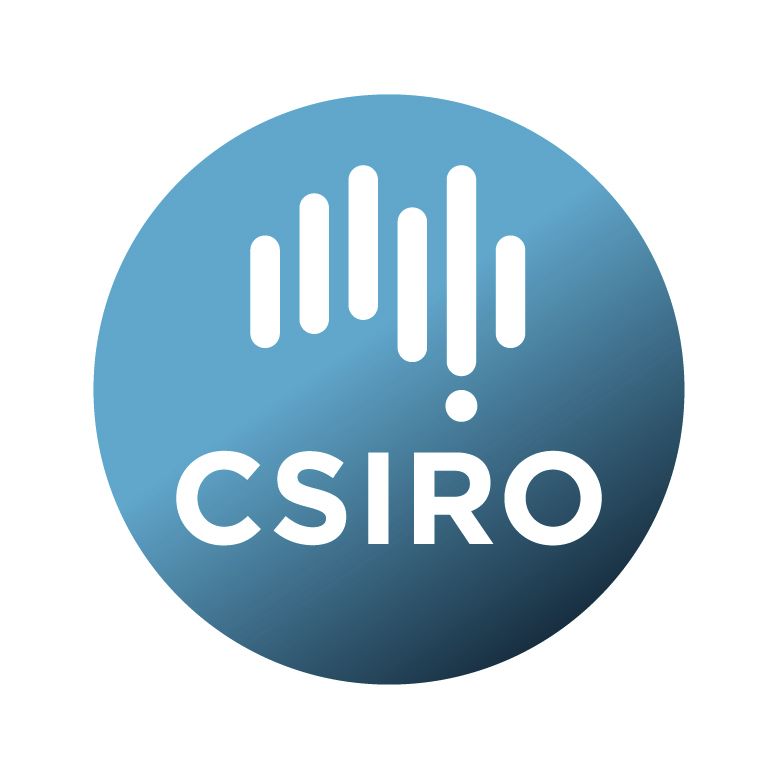Brief description
Accurate coastal wave and hydrodynamic modelling relies on quality bathymetric input. Many national scale modelling studies, hindcast and forecast products, have, or are currently using a 2009 digital elevation model (DEM), which does not include recently available bathymetric surveys and is now out of date. There are immediate needs for an updated national product, preceding the delivery of the AusSeabed program’s Global Multi-Resolution Topography for Australian coastal and ocean models. There are also challenges in stitching coarse resolution DEMs, which are often too shallow where they meet high-resolution information (e.g. LiDAR surveys) and require supervised/manual modifications (e.g. NSW, Perth, and Portland VIC bathymetries). This report updates the 2009 topography and bathymetry with a selection of nearshore surveys and demonstrates where the 2009 dataset and nearshore bathymetries do not matchup.Lineage: All of the datasets listed in Table 1 (see supporting files) were used in previous CSIRO internal projects or download from online data portals and processed using QGIS and R’s ‘raster’ package. The Perth LiDAR surveys were provided as points and gridded in R using raster::rasterFromXYZ(). The Macquarie Harbour contour lines were regridded in QGIS using the TIN interpolator. Each dataset was mapped with an accompanying Type Identifier (TID) following the conventions of the GEBCO dataset. The mapping went through several iterations, at each iteration the blending was checked for inconstancy, i.e., where the GA250m DEM was too shallow when it met the high-resolution LiDAR surveys. QGIS v3.16.4 was used to draw masks over inconstant blending and GA250 values falling within the mask and between two depths were assigned NA (no-data). LiDAR datasets were projected to +proj=longlat +datum=WGS84 +no_defs using raster::projectRaster(), resampled to the GA250 grid using raster::resample() and then merged with raster::merge(). Nearest neighbour resampling was performed for all datasets except for GEBCO ~500m product, which used the bilinear method. The order of the mapping overlay is sequential from TID = 1 being the base, through to 107, where 0 is the gap filled values.
Permissions are required for all code and internal datasets (Contact Julian OGrady).
Available: 2021-09-15
Data time period: 2009-01-01 to 2021-08-31
Subjects
DEM |
Earth Sciences |
Engineering |
Maritime Engineering |
Ocean Engineering |
Oceanography |
Physical Geography and Environmental Geoscience |
Physical Geography and Environmental Geoscience Not Elsewhere Classified |
Physical Oceanography |
bathymetry |
topography |
User Contributed Tags
Login to tag this record with meaningful keywords to make it easier to discover
Identifiers
- DOI : 10.25919/CM17-XC81

- Handle : 102.100.100/429472

- URL : data.csiro.au/collection/csiro:52379



